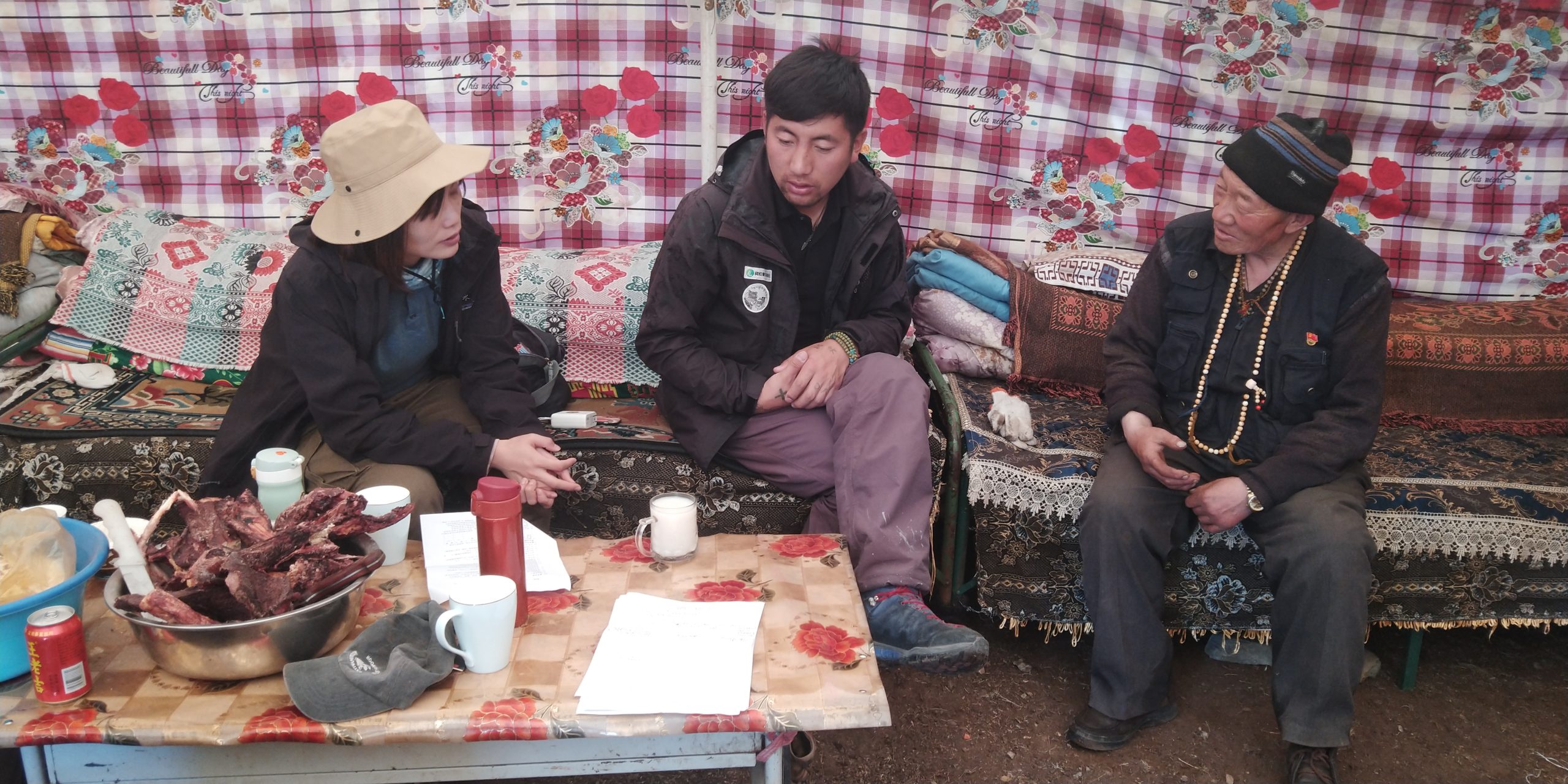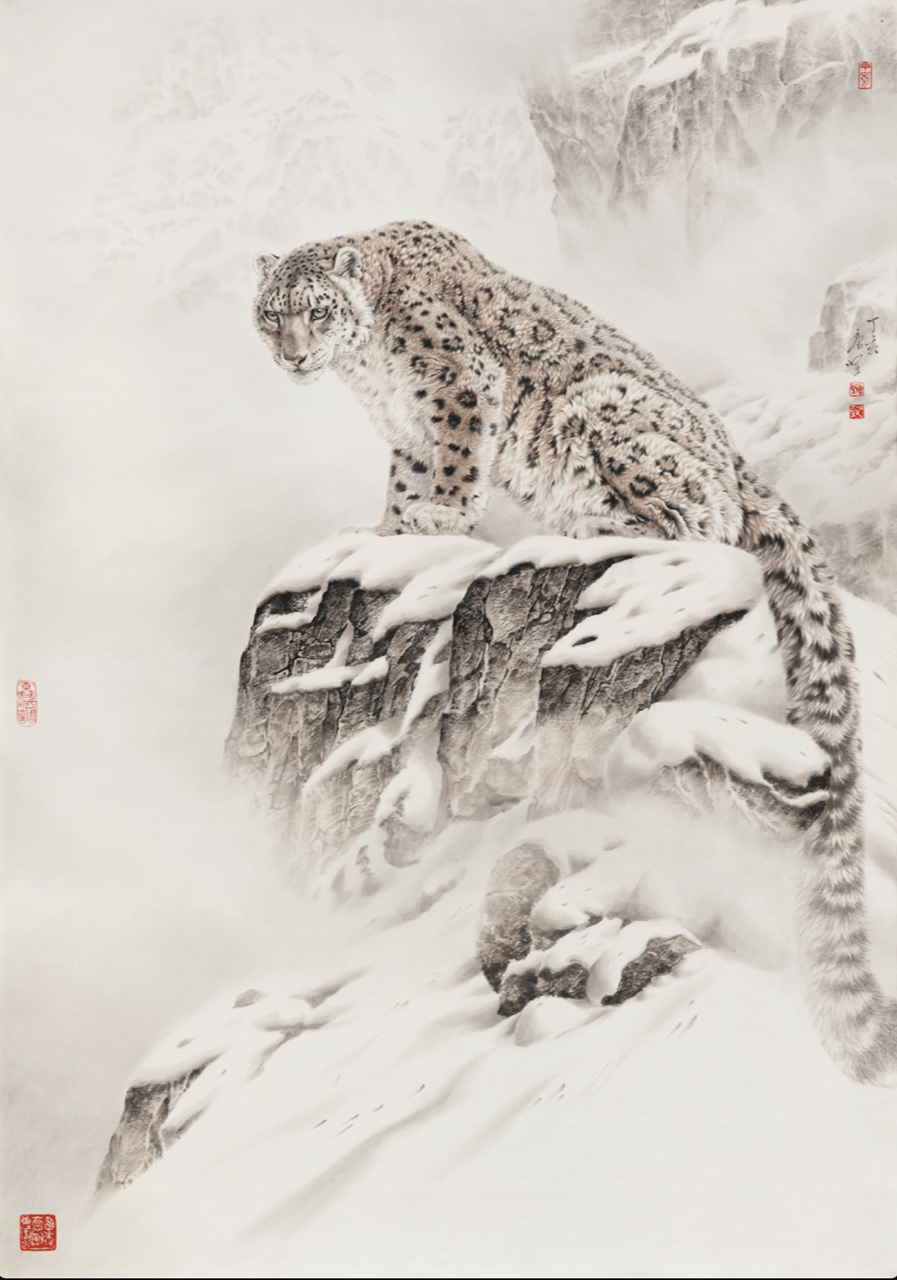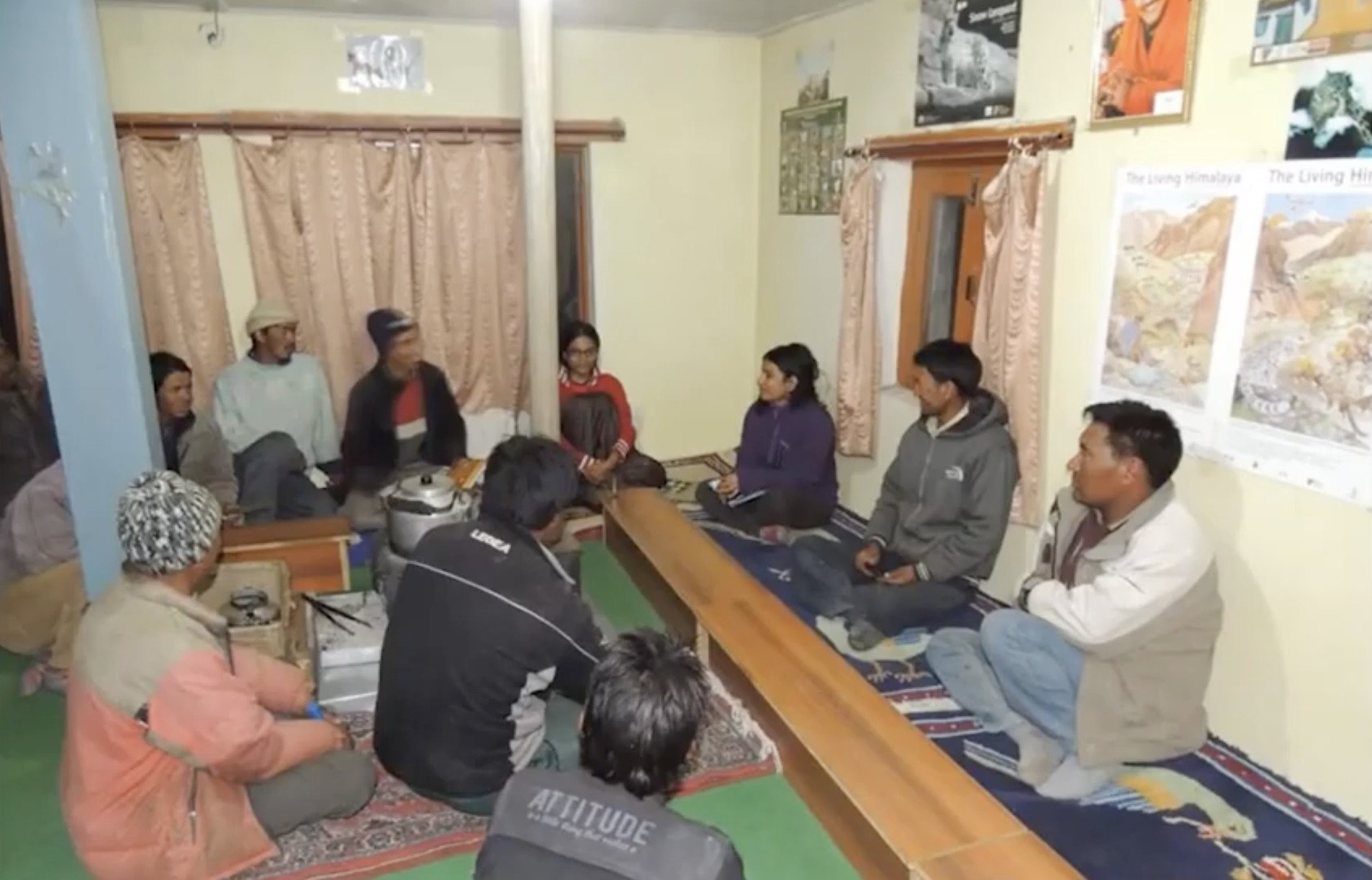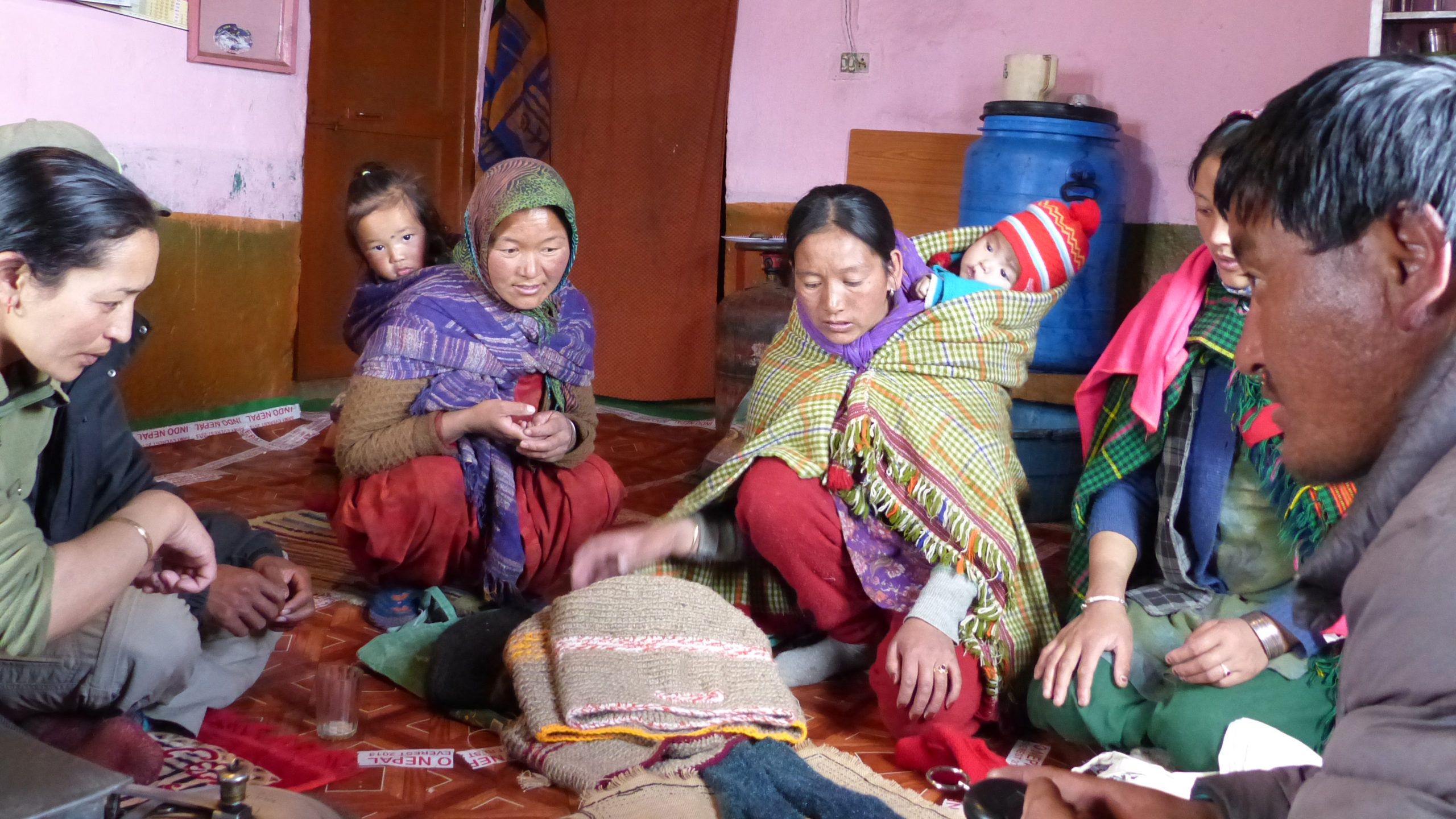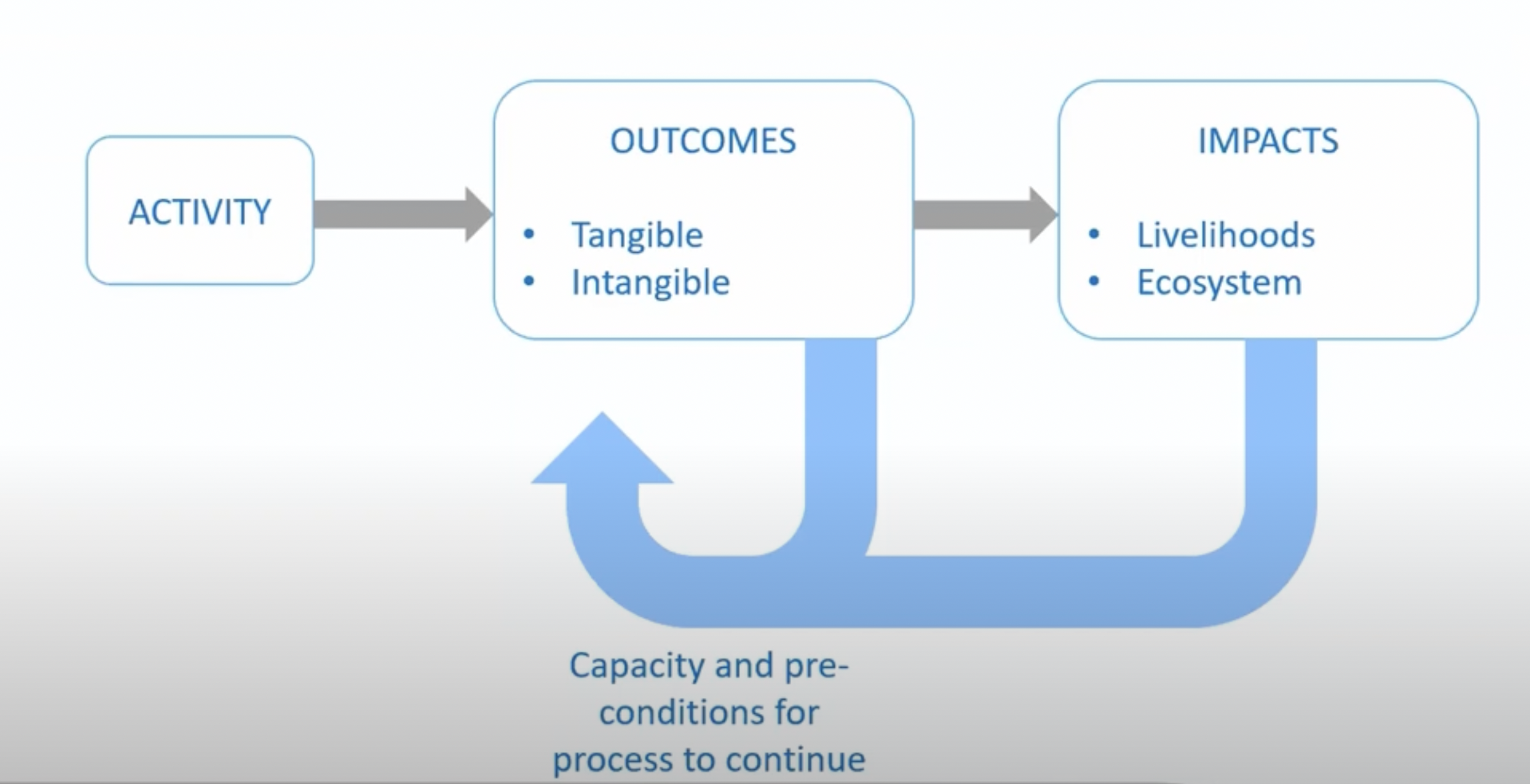Climate change is perhaps the overarching threat to snow leopards and their habitat. Knowledge about its impact on the species, its habitat and the people who share that habitat is growing but still remains incomplete and fragmentary. As our understanding of climate change impacts changes over time the Snow Leopard Network hopes to bring together experts and resource persons together to open up perspectives and share ideas for the way forward.
Join us as we bring together practitioners and scientists from across the snow leopard range to share the latest thinking and evidence that is emerging on this key issue. We are particularly pleased to welcome Rinjan Shrestha, XiangYing Shi and Tserennadmid Nadia Mijiddorj who share some of the latest research findings on how climate change is influencing snow leopard habitats and people’s livelihoods in Nepal, Mongolia and China. The presentations are followed by a discussion facilitated by Sibylle Noras, a former SLN Steering Committee Member, on how we can use different approaches to gain a clearer picture of climate change influences.
More info about our speakers can be found here.

